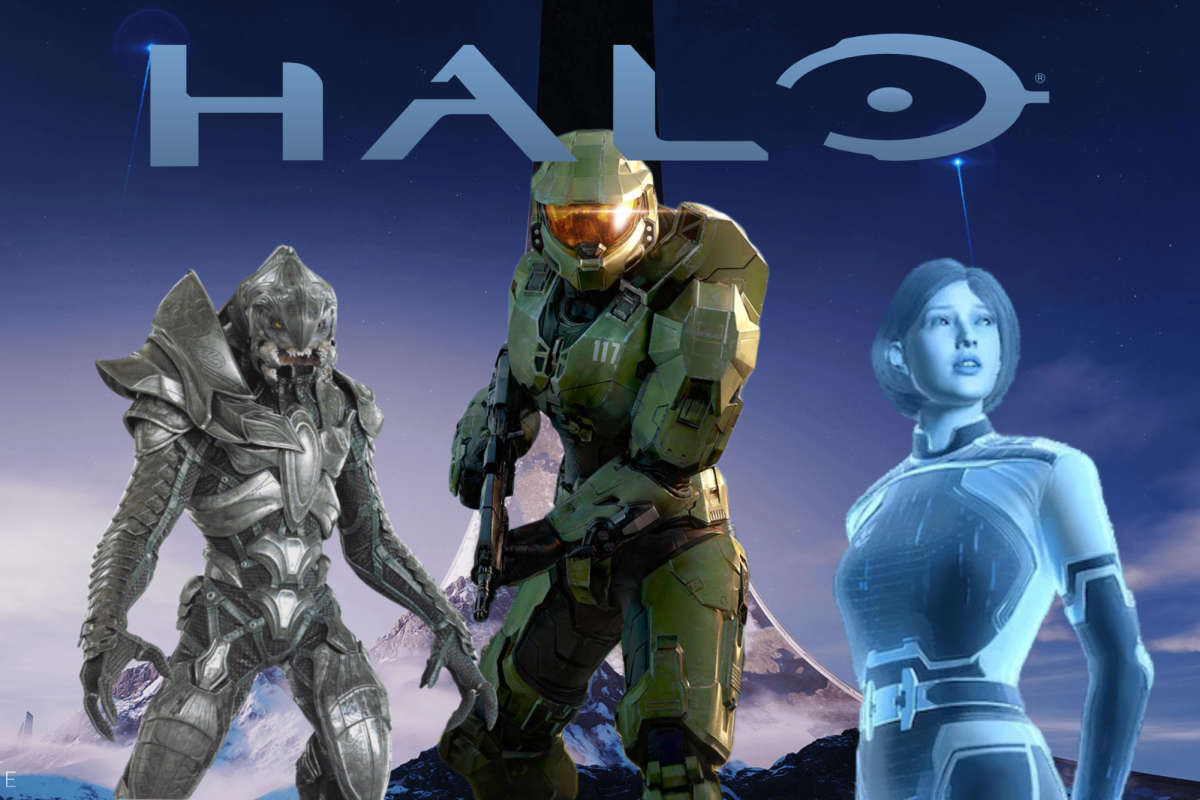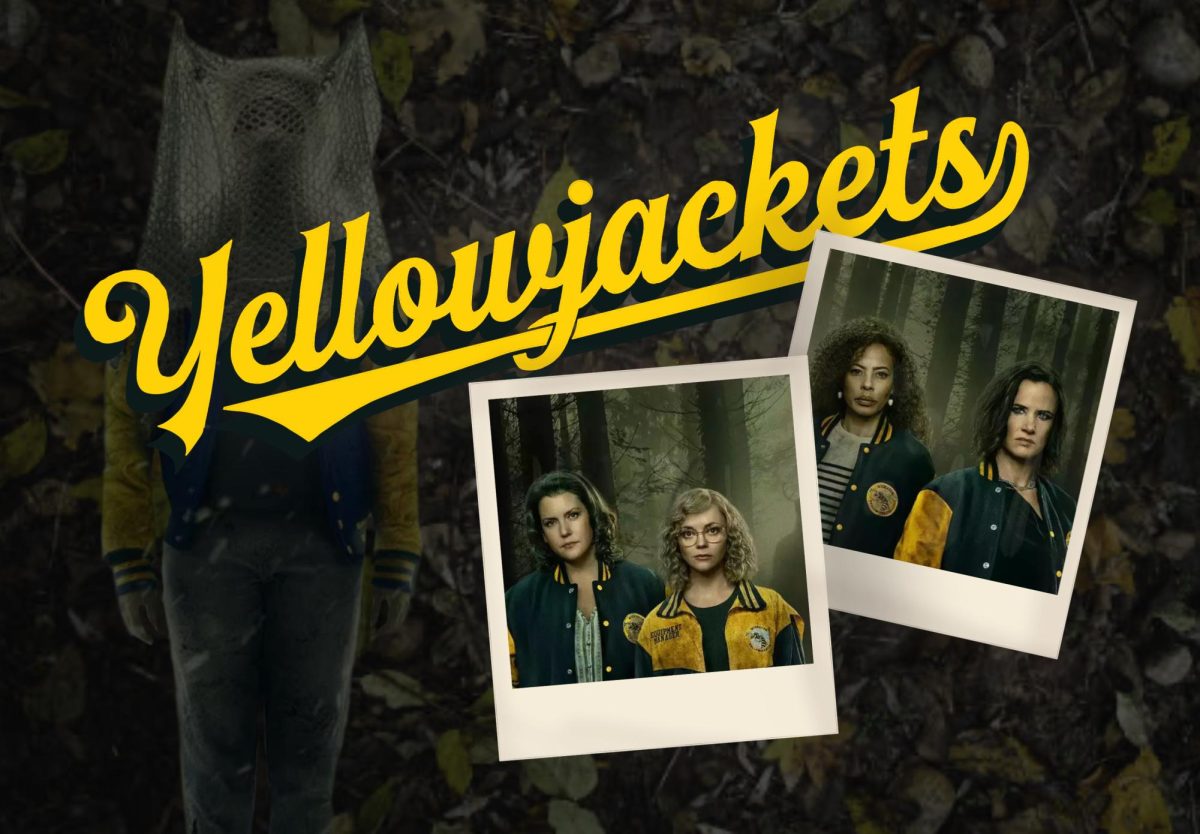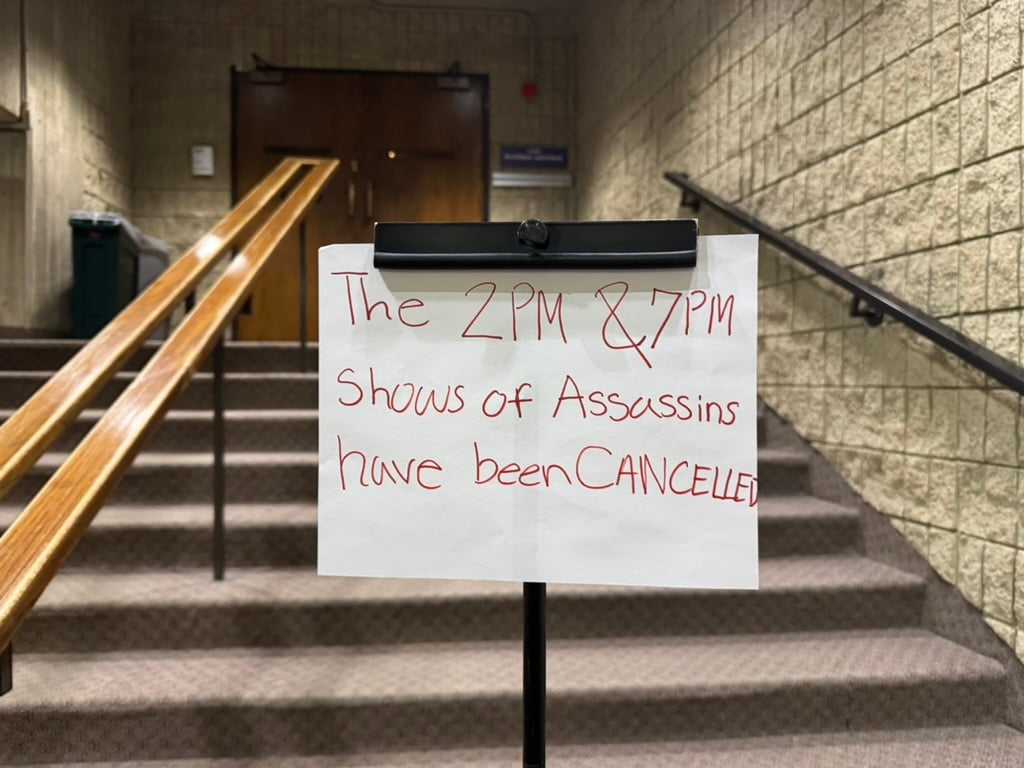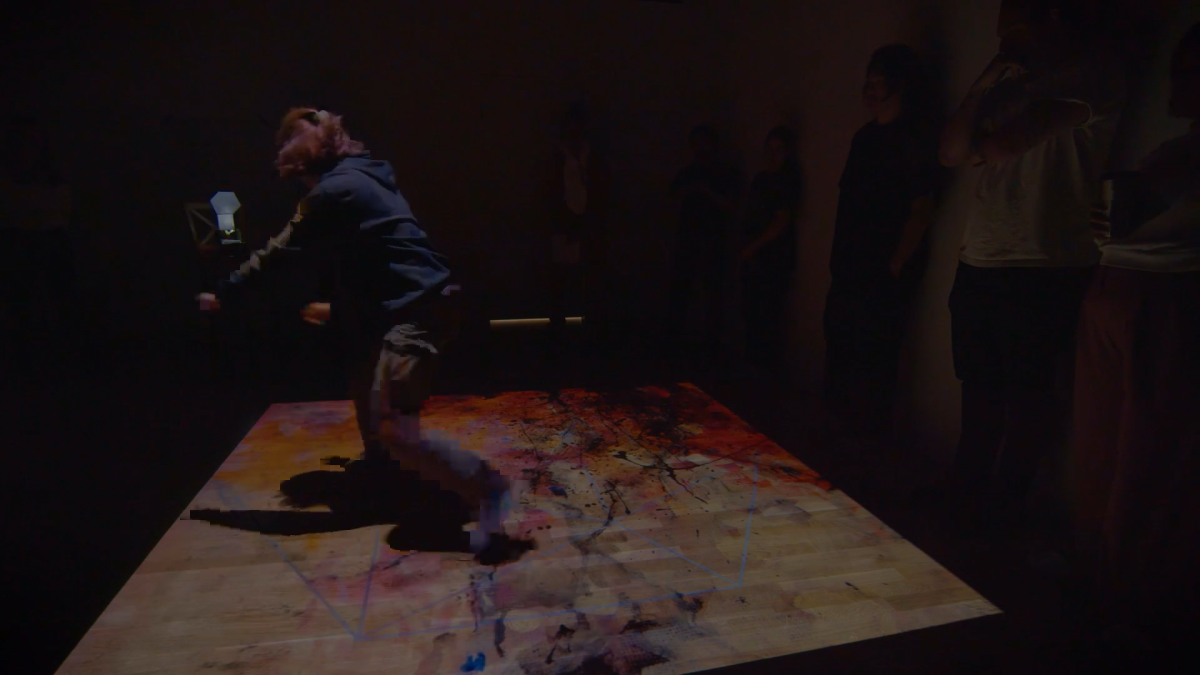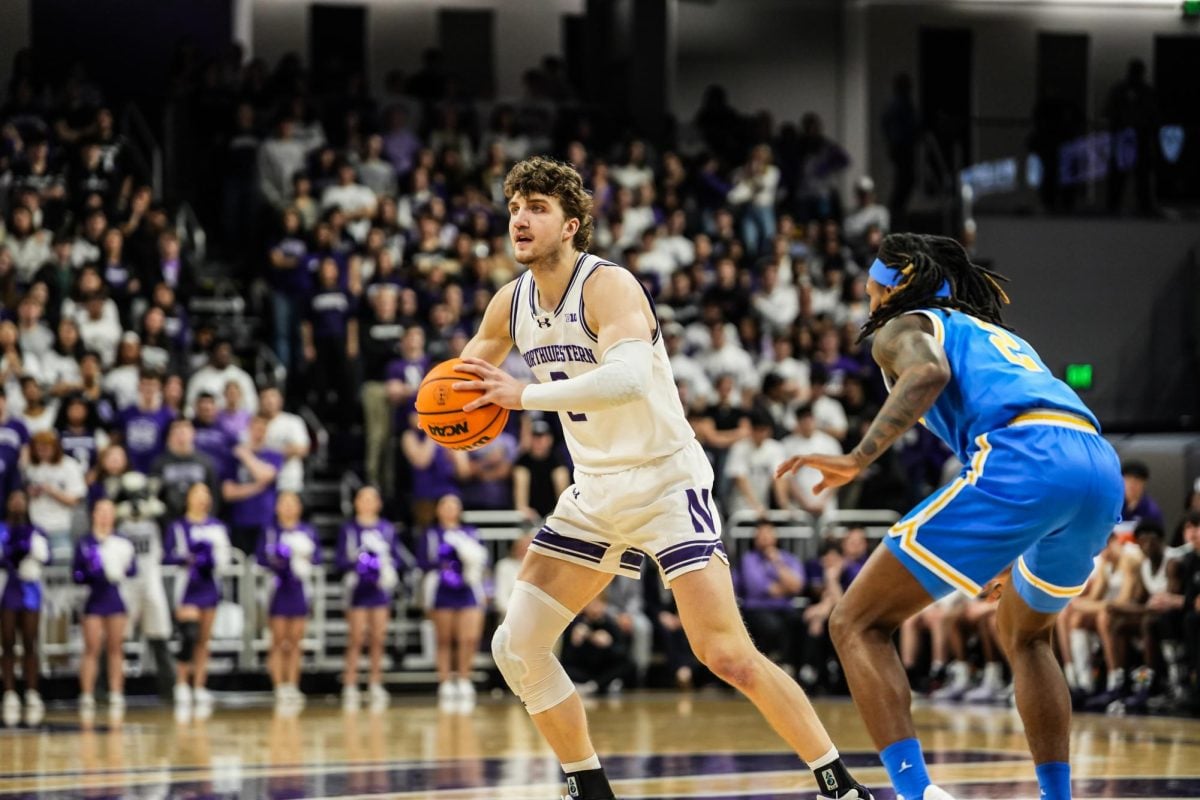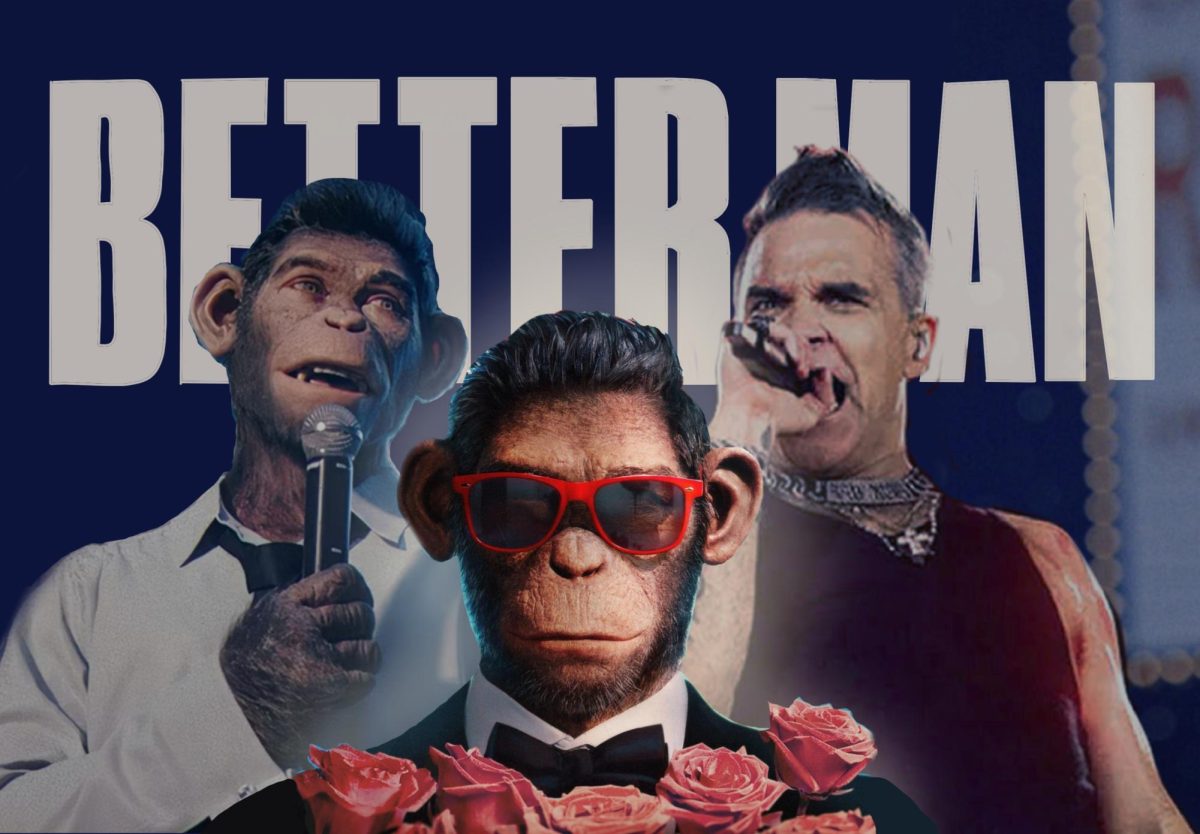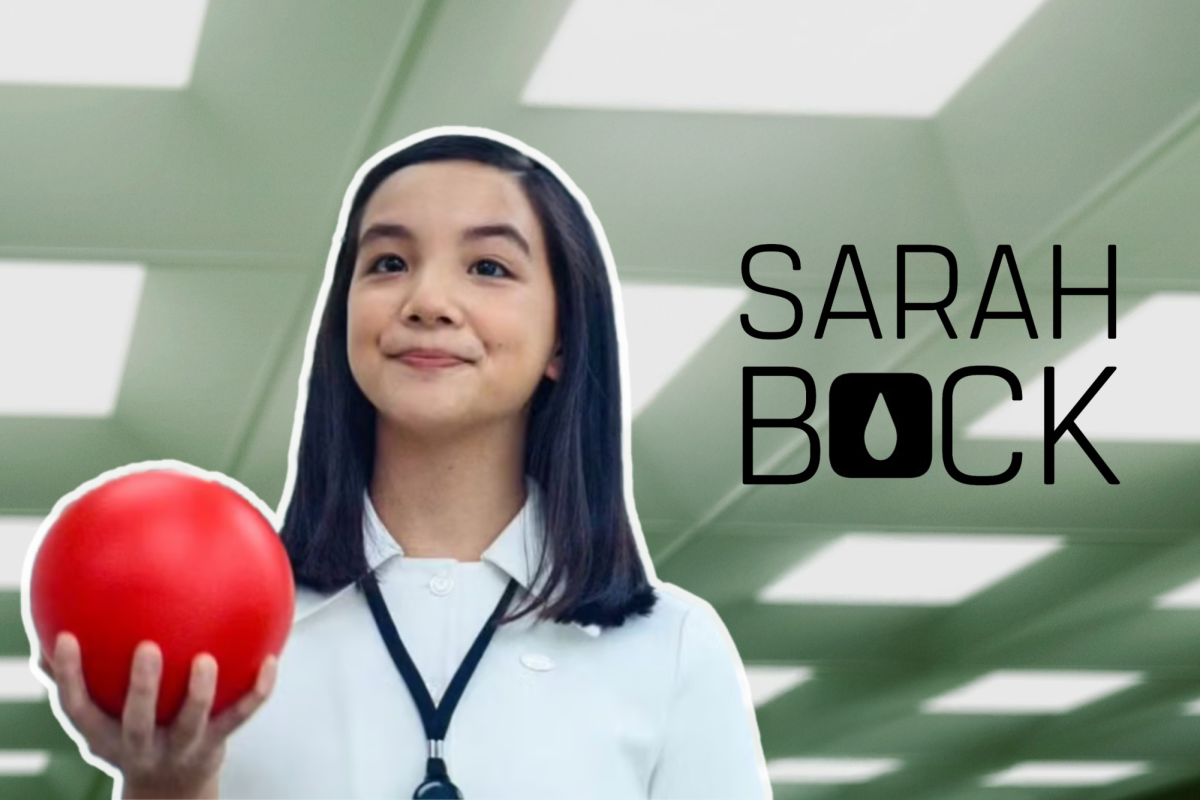Few video game franchises are as important as “Halo.” The game redefined the first-person shooter genre through its innovations in online multiplayer and story-driven campaigns. Storytelling throughout the video games has been top-notch for the most part, and “Halo” deserved a television show that matches that quality.
Unfortunately, though, Paramount’s “Halo” television show has utterly failed to live up to the games in its first two seasons.
There are a myriad of reasons why this is the case, but perhaps the most disappointing aspect of the show is the way it differs from the original source material. Thus far, only four of the show’s dozen characters are adapted from video games. The absence of beloved characters is disappointing, considering they are some of the most memorable aspects of the series. The show would be better off if characters like Sergeant Johnson or Thel ‘Vadam were present to pay homage to the video game.
The few characters that are adapted from the games feel fundamentally different. A primary example of this is how Master Chief (Pablo Schreiber) spends a significant portion of the show with his suit and helmet off. Master Chief never takes off his helmet in the video games because he is meant to be less of a character himself and more so the eyes through which the player experiences the story. The choice to take Master Chief out of the suit isn’t inherently flawed, but compounds the show’s struggles to evoke the same feelings as the games.
The show does not completely forsake its source material — some moments do feel authentic. For instance, the title sequence uses the iconic main menu music from the games. Additionally, memorable “Halo” weapons, such as the needler and m90 shotgun, make appearances. These and other details act as much needed hints of the show’s source material, even when the rest of the show seems to ignore it.
The show’s pacing drags, and its side plots are not nearly engaging enough. While the Spartan-turned-pirate Soren is an intriguing character, his exploits as a pirate feel like an unnecessary distraction from more compelling storylines.
The show’s decision to conceal the main villains of the Covenant Empire from the audience resulted in a fatal flaw. The villains are so elusive that the audience has no idea what their motivations are, which removes us from the story. People who haven’t played the games are kept in the dark about all the things that make the Covenant such a compelling faction. This problem could have been alleviated if the showrunners had decided to do a dual perspective story in a similar manner to “Halo 2,” but their narrow focus on UNSC keeps the engaging aspects of the Covenant in the dark.
One bright spot for the show is its thrilling action sequences. Despite some issues with visibility, the action sequences have been strong across the board. Always quick and stylish, these scenes raise the tension.
At the very least, “Halo” Season Two is a significant improvement over Season One. However, that is not a high bar to overcome, and this show is only recommendable for someone who is a fan of the games and doesn’t mind seeing significant changes to it on television.
Nevertheless, the show does provide casual fun for someone who is not looking for anything too profound. Hopefully, there is improvement in the remaining four episodes of the season.
Email: dannyogrady2026@u.northwestern.edu
Related Stories:
— Reel Thoughts: ‘Ted’ is a comedic joyride
— Reel Thoughts: ‘Ahsoka’ is a good show held back by unforgivable flaws

